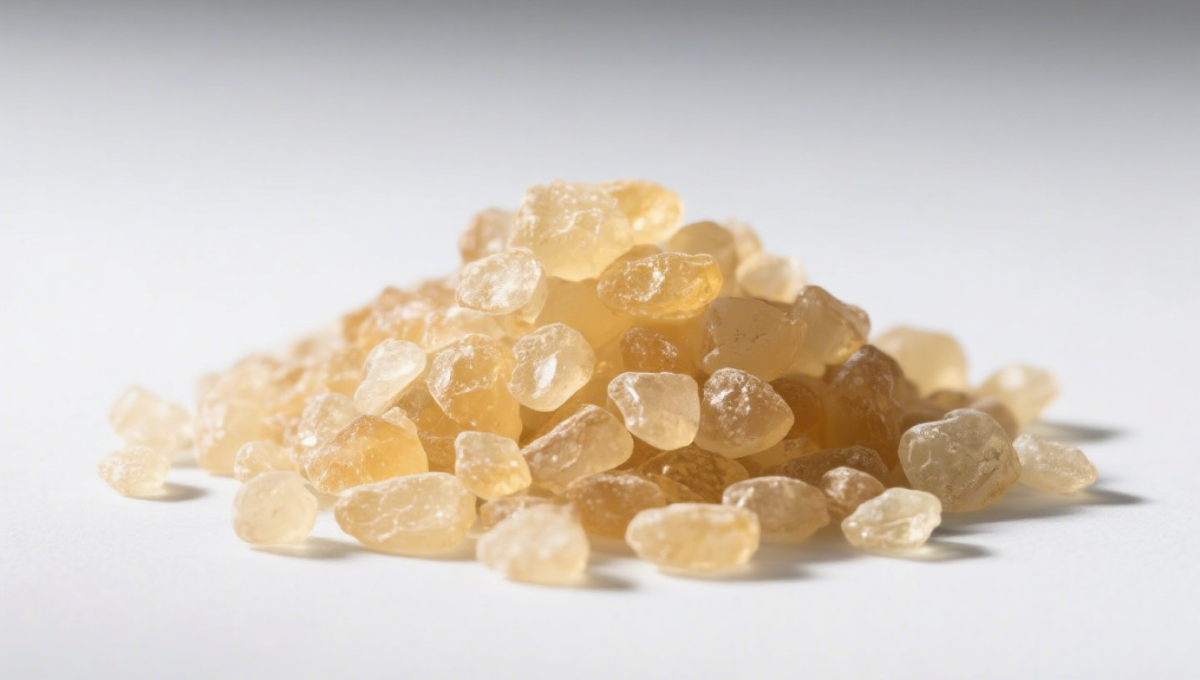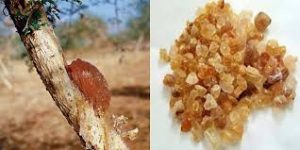
Arabic Gum
Gum arabic, also known as acacia gum, is a natural polysaccharide derived from the Acacia senegal tree. It is mainly harvested in the Gum Belt. Commonly used at the local level for indigenous remedies, food preparation, ink, and paint, it has now become a key raw material used internationally in the production processes of multiple industries including food and beverages, pharmaceuticals, and cosmetics.
Our sustainably sourced, all-natural acacia rang are suitable for vegans and vegetarians, and is available in organic, FODMAP-friendly and Non-GMO Project Verified grades, as well as gluten-free and low in calories. This means it can be included on ‘clean-label’ packaging that appeals to a flourishing worldwide market of conscientious shoppers. It’s widely used in various industries, primarily due to its stabilizing, emulsifying, and thickening properties.

Production and Uses:
- Food and Beverage:
Gum arabic is a common additive in food and beverages, particularly in soft drinks, candies, and other processed foods. It’s used to improve texture, prevent crystallization, and stabilize emulsions. In beverages, it can help maintain a desirable mouthfeel and prevent sedimentation.
- Pharmaceuticals:
In pharmaceuticals, gum arabic serves as a binder in tablets and capsules, and it can be used to encapsulate drugs for controlled release.
- Textiles and Printing:
It’s used in textile printing and dyeing to fix colors and prevent fading. In offset printing, it’s added to fountain solutions to stabilize ink emulsions, improve ink flow, and prevent plate clogging.
- Other Industries:
Gum arabic finds applications in lithography, cosmetics, and adhesives. It can also be used as a coating for light-sensitive materials in photography and painting.
- Properties:
Gum arabic is soluble in water, tasteless, and non-toxic. It’s also easily digestible and biodegradable.
Benefits:
- Stabilization:
Gum arabic helps to prevent the separation of liquids and solids in emulsions, making them more stable and longer-lasting.
- Emulsification:
It acts as an emulsifier, helping to combine water and oil-based ingredients in products like beverages and cosmetics.
- Thickening:
Gum arabic can be used to thicken liquids and solutions, enhancing their viscosity and making them more palatable or easier to handle.
- Binding:
It can be used as a binder in various applications, helping to hold materials together and improve their structural integrity.
- Encapsulation:
Gum arabic can be used to encapsulate active ingredients, protecting them from degradation and controlling their release.
